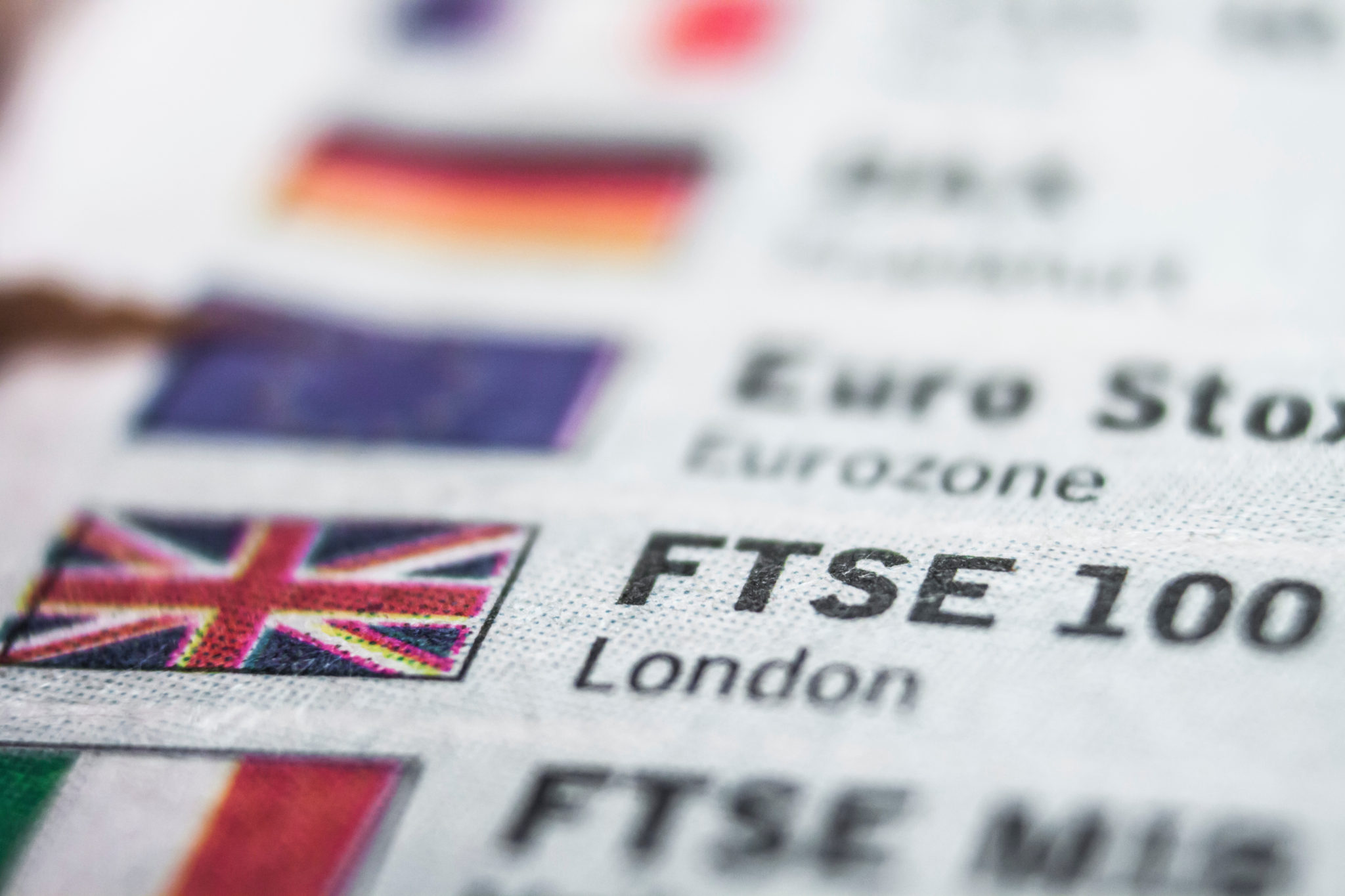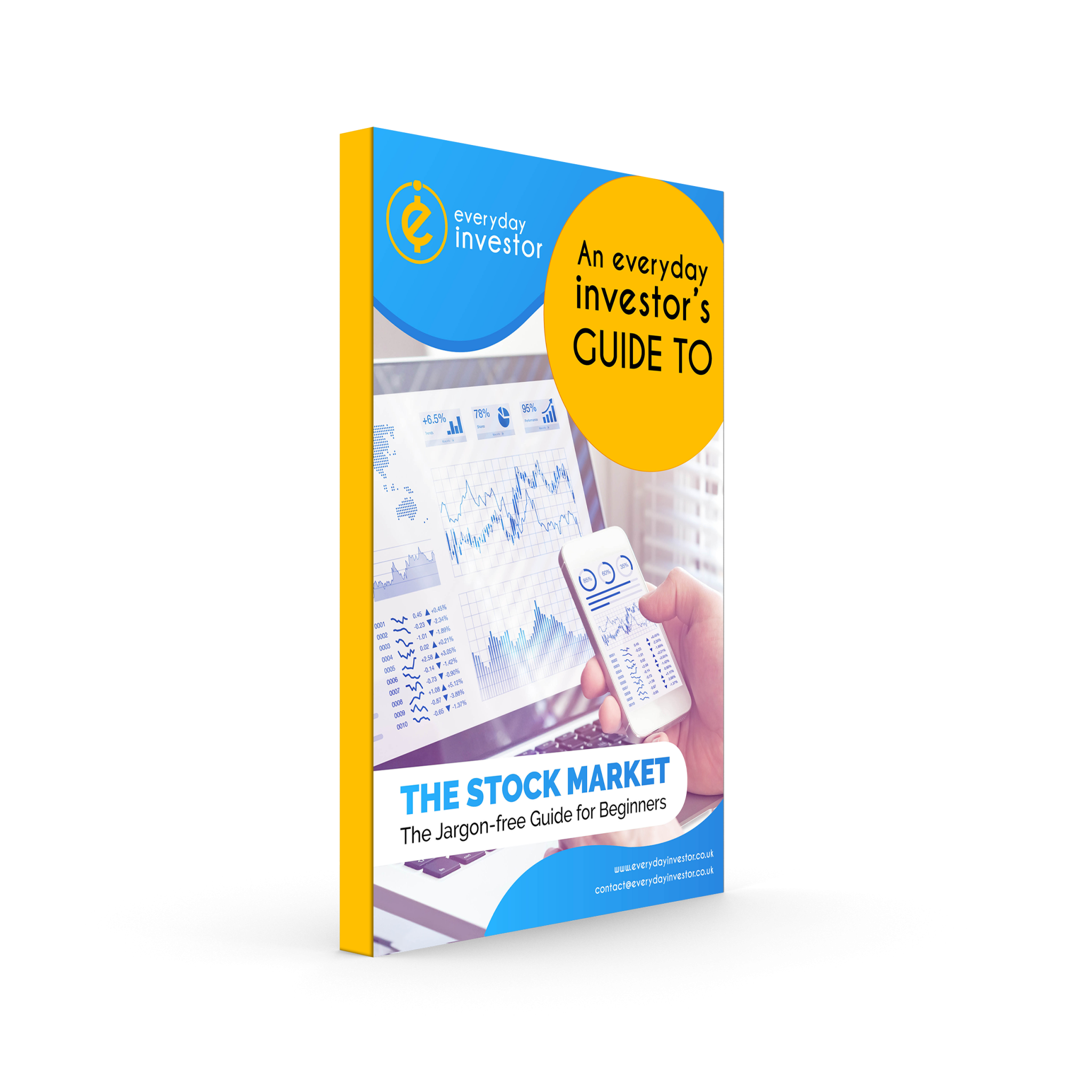What is a stock market index?
The FTSE 250 index is one of several indexes that are linked to the London Stock Exchange.
A stock market index is simply a grouping of companies. The make-up of the index is determined by the total market value of a company’s shares.
The UK stock market indexes you may have heard of are called the FTSE indexes. FTSE stands for Financial Times Stock Exchange. This is a result of the index originally being part owned by the London Stock Exchange and the Financial Times. Today, the FTSE indexes are managed by FTSE Russell, a subsidiary of the London Stock Exchange Group.
It is common to see the FTSE 250 index referred to as the Footsie 250. Don’t worry, they are the same thing.
How does the FTSE 250 index work?
The companies that form the FTSE 250 index are the 101st to 350th largest companies trading on the UK stock market (the London Stock Exchange).
By largest, we mean in terms of the company’s total market value. The total market value of a company is calculated by multiplying the share price of the company by the total number of shares they have issued. Issued shares (often called shares in issue) are the total number shares that the company has sold to shareholders.
Let’s say a company has 1 billion issued shares. Now, imagine their shares are currently trading on the stock market for a buy price of £1.50. This company would have a total market value of £1.5 billion. You will often see this referred to as the market capitalisation (or market cap) of the company.
Why does the FTSE 250 index go up and down?
It is common to hear the FTSE 250 index talked about in the news. For example, may hear that the FTSE 250 has gained 200 points. Or we could see a headline that £10bn has been wiped off the index. The explanation behind this is fairly simple.
The share prices of the companies comprising the FTSE 250 index will go up or down on any given day. Share prices are always fluctuating.
Now, as the share prices of the individual companies go up and down it causes the overall FTSE 250 index to move up and down too. This happens because the total value of the FTSE 250 is determined by the total value of the companies who make-up the index.
FTSE Russell articulate the index value as a points score. The points are called index points. The index is calculated using a formula which takes into account the size of the company (in terms of market cap). What this means is the index is weighted. Therefore, movements in the share price of a larger company will have a greater effect on the total value of the index than that of a smaller company.
Headlines such as “£10bn wiped off the FTSE 250 today” basically mean that the total market value of all of the FTSE 250 companies added together has reduced by £10bn today compared to yesterday.
Who are the FTSE 250 companies?
The list of companies that make-up the FTSE 250 is managed by FTSE Russell. They carry out a review each quarter to determine any changes needed due to companies growing or shrinking in value.
Currently, the top five FTSE 250 companies by market cap are:
- Intermediate Capital Group £3.9bn (financial services company)
- Hiscox – £3.4bn (global insurance provider)
- Easyjet – £3.3bn (well-known short-haul airline)
- Spectris – £3.3bn (provider of high-tech instruments, test equipment and software)
- Persimon – £3.3 (one of the UK’s largest house builders)
FTSE 250 vs. FTSE 100 – how the indexes differ
The FTSE 250 index contains the 101st – 350th largest companies by market cap. On the other hand, the FTSE 100 index contains the largest companies – the top 100.
Within the FTSE 100 we see some very large companies that conduct business globally. The largest by market cap include Astrazeneca, HSBC and Shell. The FTSE 100 index contains a higher number of global companies. Therefore, the performance of the index tends to be more aligned to the state of the global economy.
Conversely, the FTSE 250 index contains a higher number of companies whose primary business is conducted in the UK. Because of this, it tends to be more representative of the strength of the UK economy. Due to this the indexes don’t necessarily move in unison.
Between 2013 and the end of 2022 the FTSE 250 index delivered average annual growth of 8.22%. During the same period the FTSE 100 delivered average annual growth of 6.93%. It is important to note that this is an annual average. Some years the indexes saw positive growth and some years they saw a decline. However overall, over-time the value increased.
Whilst not a hard and fast rule, the takeaway here is that you shouldn’t necessarily expect the indexes to always move up and down together.
Has the FTSE 250 gone up or down?
From the beginning of 2013 to the end of 2023, the FTSE 250 has on average delivered an annual total return of 8.2%.
As always it is important to remember that investing requires long-term thinking. History tells us there will always be some better years and some worse years.
Keeping it simple
Remember, the FTSE 250 is just an index of the 101st – 350th largest companies listed on the London Stock Exchange. When we say largest, we mean in terms of market capitalisation (or market value) which is share price multiplied by the number of issued shares.
If you’re keen to learn more make sure you check out the rest of our website or grab a copy of our free Beginner’s Guide to Investing in the Stock Market.
Data source: FTSE Russell. Data correct at 8th October 2023.
All our content is provided for educational purposes only, to help you make your own decisions. We don’t provide personalised advice and therefore our content should not be considered an invitation, inducement or recommendation to engage in any particular investment activity. Please review our disclaimer and website terms for full details.









